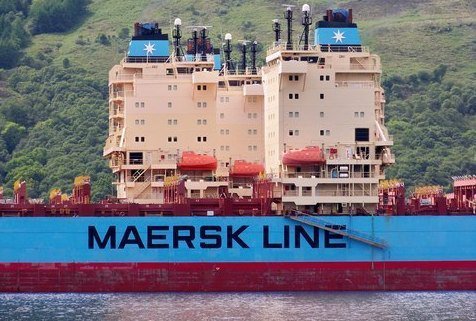Blowing hot and cold

Jonathan Crispe from Bernhard Schulte Shipmanagement on the intricacies of warm and cold lay-up options and the importance of a comprehensive lay-up plan.
In the current shipping market, with charter rates at an all-time low, the lay-up of ships is becoming a serious option for owners as a way of significantly reducing their operating costs. There are a number of options for the lay-up of a vessel, all of which have their own procedures and regulations. Each lay-up will be different, however all must comply with the requirements of the flag, class and insurers.
Warm lay-up
A warm lay-up option is generally utilised for vessels that are going to be idle for up to, say, six months. The vessel is positioned at a safe berth or anchorage with access to the port facilities. During this time, machinery operations are minimised and a reduced crew – in line with Flag State and local authority requirements – will remain onboard. The crew will carry out security watches, perform preventative maintenance and ensure that the vessel can be manoeuvred within a stated notice period. Reactivation could be performed within a few days.
Cold lay-up
In contrast, cold lay-up is usually a longer-term solution. During cold lay-up, the vessel is moored or anchored in a safe location and all machinery is shut down. Owners can choose to keep a skeleton crew onboard to conduct maintenance work and security checks, or to employ a lay-up contractor who will provide their own personnel, usually consisting of permanent watchman and visiting maintenance teams.
During cold lay-up it is vital that a plan is put in place for preventative measures to ensure that the vessel remains secure and well preserved during the idle period. This will include, amongst other things, the sealing of both machinery and accommodation spaces, preservation of the hull structure and dehumidification.
A cold lay-up without preventative maintenance should only be considered if the vessel is not expected to trade afterwards. Long term damage may be caused to equipment and machinery if not preserved and maintained.
The reactivation time for a cold lay-up will largely depend on the quality of the preparation and procedures during lay-up, with some vessels needing dry docking before resuming trading. A reactivation survey may also need to be performed based upon the time out of service and the vessel’s ability to operate.
Preparing to lay-up
Before laying up a vessel the following bodies must be informed and consulted:
Classification society
For warm lay-ups class will be usually be maintained, but for longer lay-ups the vessel status is often changed to ‘laid-up’, with only periodical surveys being performed by class.
Flag state
Depending on the type and length of lay-up, the vessel’s Safety Management Certificate and International Ship Security Certificate may be suspended or withdrawn. Upon reactivation these surveys will need to be conducted before re-issue of certificates.
Insurance
For the vessel’s insurance cover to be maintained, it is necessary for a lay-up plan to be prepared, the vessel to be safety moored or anchored with no cargo on-board and compliance with statutory and classification requirements upheld. The insurer may perform their own inspection and if satisfied with the lay-up arrangements, a return on the insurance premiums may be negotiated.
As the lay-up of vessels becomes an increasing possibility for shipowners, more needs to be done to support this practice, particularly as popular locations are filling up and long-term anchorages are difficult to find.
